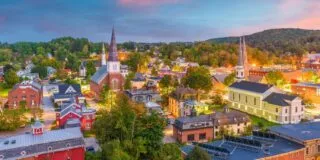Nicknamed “The Peach State” and “The Empire State of the South”, Georgia was the 4th state to join the United States of America on January 2, 1788.
It has a population of 10,617,423 people, making it the 8th most populous state.
Georgia is bordered by the states of North Carolina, South Carolina, Tennessee, Alabama, and Florida.
With a total of 59,425 square miles (153,909 square kilometers) of land and water, it is the 24th largest state.
The capital of Georgia is Atlanta, situated in the north of the state.
That’s enough fast facts about the Peach State for now though, we’re here to learn some real facts!
Georgia was named after a British King.
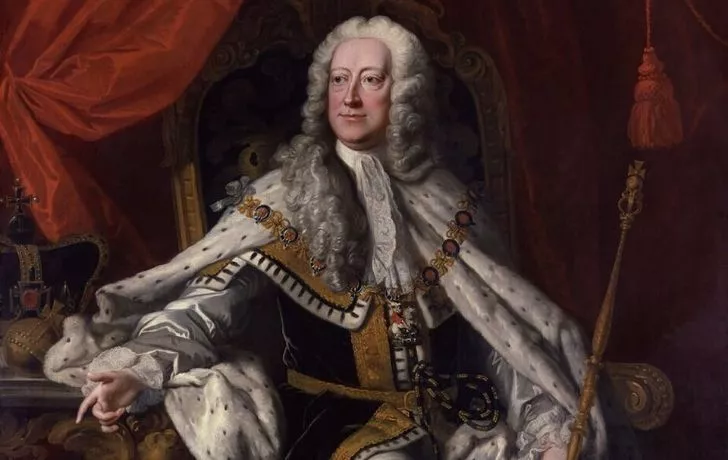
Georgia was the very last of the 13 British colonies to be established on the east coast of North America.
When Georgia was founded in 1733, King George II was the reigning king of Britain and Ireland.
Thus, it was named the state of Georgia in his honor.
Georgia has been inhabited for more than 13,250 years.
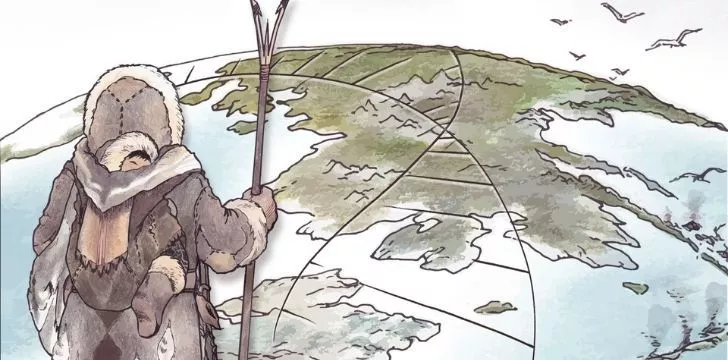
The area now known as the state of Georgia has been inhabited since around the time of the Ice Age.
The first people to inhabit the area were known as the Clovis people, who were nomadic hunter-gatherers.
There is evidence of their existence within Georgia since 13,250 at the very least.
Since then there were a large number of different pre-Columbian cultures and tribes that lived in the region, with the latest being the South Appalachian Mississippian culture.
This last group of people lived in the region from around 800-1500 AD and are known most for the earthen pyramids they constructed.
Georgia was explored by Europeans a long time before the British finally founded a colony there.
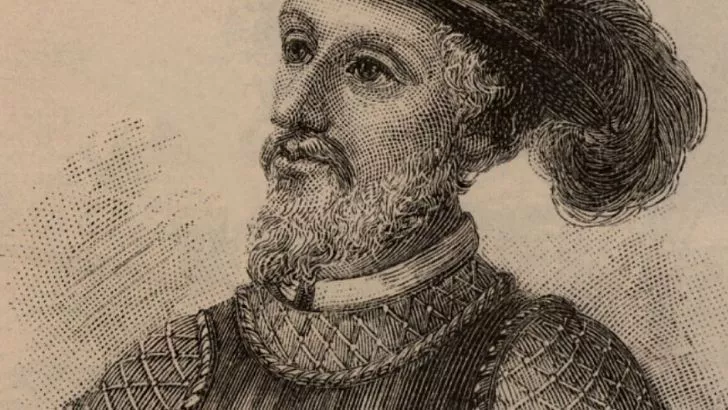
Spanish explorer Juan Ponce de León was most likely the first European to pass through parts of modern-day Georgia.
At the least, he sailed along the coast of it while exploring the region of Florida in 1513.
The region was later explored in greater depth by the infamous Spanish explorer Hernando de Soto between 1539 and 1542.
There were many more Spanish expeditions into Georgia over the following decades, as well as English fur traders.
Georgia was originally meant to be settled by the “worthy poor” of London’s prisons.

An English politician and philanthropist called James Oglethorpe put forward the idea that the area known as Georgia could be colonized by the men and women who filled London’s debtors’ prisons.
A debtors’ prison was a 19th Century way of dealing with debt.
Unsurprisingly, they were filled with those who owed money, and there they lived and worked to pay off their debts.
Unfortunately for many of the debtors, Oglethorpe’s plan was slightly waylaid.
There ended up being very few debtors sent on ships to Georgia, with most of the settlers being working men and women of the lower classes.
Slavery was originally prohibited in Georgia.
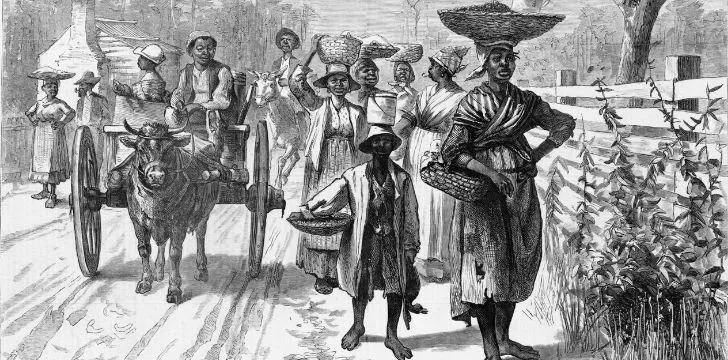
James Oglethorpe had a radical new plan for the settlement of Georgia, which became known as the Oglethorpe Plan.
To put it simply, he envisioned the colony of Georgia to be settled by small-scale farming families who didn’t use any form of slave labor.
Thus, it was that the colony of Georgia was settled with the arrival of the ship Anne, at the site of the modern-day city of Savannah.
Georgia’s status as a slavery-free colony was unfortunately short-lived though.
In 1749, just 16 years after the colony was founded, the prohibition on slavery was revoked.
Georgia had its very own gold rush.
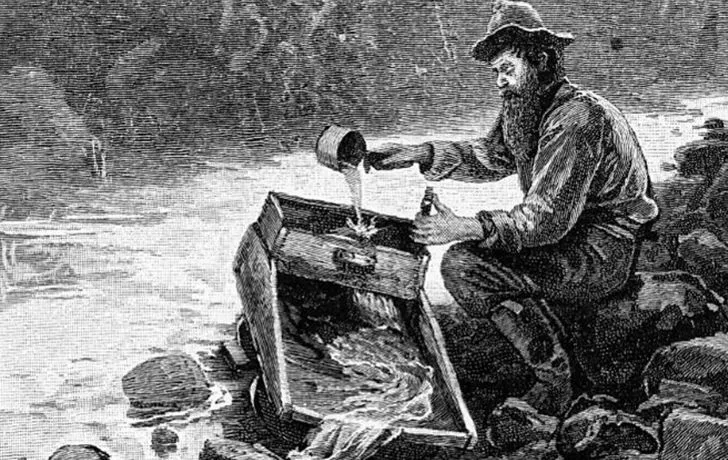
Known as the Georgia Gold Rush, it was the second of its kind in US history. It came as a result of gold being discovered in the north Georgia mountains in 1829.
As a direct result of the gold rush, a federal mint was established in 1838 in the town of Dahlonega, Georgia.
In fact, so much gold was coming out of Georgia that the Dahlonega mint was in operation all the way until 1861!
Georgia was the last of the Confederate states to rejoin the United States.

As a state that thrived almost solely off the back of slave labor, there was little surprise that they seceded from the US states as one of the original seven Confederate states.
Georgia came out of the Civil War a shell of its former self. Cotton production, for example, fell from almost 700,000 bales to less than 50,000 by 1865.
Many whites were even further disenfranchised, having not just been defeated but also to have lost the majority of their income sources.
Nevertheless, President Andrew Johnson decided to restore the Confederate states to the union, including Georgia.
It took US military occupation and a supervised election of delegates for Georgia to finally become reinstated to the Union.
Coca-Cola was invented in Atlanta, Georgia.

A Confederate colonel by the name of Dr. John Pemberton invented the famous carbonated beverage in the city of Atlanta in 1885.
Originally called “Pemberton’s French Wine Coca nerve tonic”, he had designed it to aid him in his attempts to lessen his addiction to morphine.
After prohibition was passed in various parts of Georgia, he created a non-alcoholic version of the drink, which he called Coca-Cola.
The drink became wildly successful, but he still ended up selling it to an American business tycoon called Asa Candler in 1892.
A nuclear bomb was lost off the coast of Georgia in 1958.

While that fact may concern you to some degree, the most concerning part is that it still hasn’t been found!
On February 5, 1958, a B-457 bomber was conducting a training mission off the coast of Georgia near Tybee Island.
The B-457 bomber collided with an F-86 fighter jet in midair, and the pilot jettisoned the bomb to avoid it exploding while the bomber made an emergency landing.
While there have been many attempts to locate the bomb, there has been no luck so far.
Georgia is more than just the Peach State.
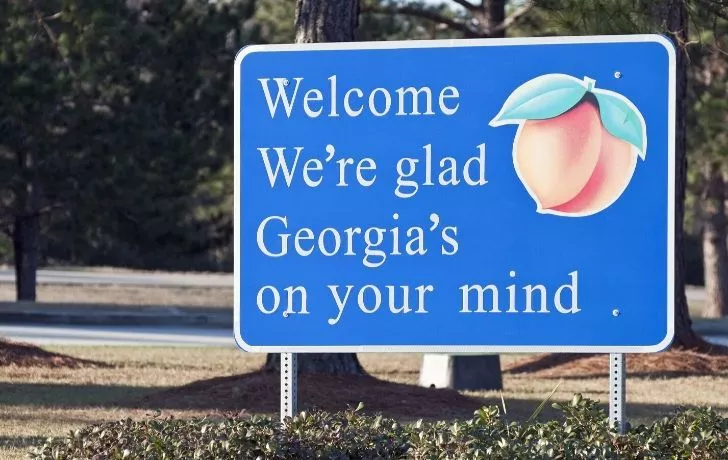
Georgia has been known as a Peach State since around the end of the American Civil War, due to an increase in peach production.
Despite Georgia holding the nickname of “The Peach State” though, it doesn’t even produce the most peaches in the US.
That being said, Georgia is still an incredibly important state when it comes to agriculture, being the top producer of peanuts and pecans!
There is a tree in Georgia that owns itself.

In the town of Athens, Georgia lies a white oak tree that legally owns itself and all land within an 8-foot (2.4 meter) radius of the base of the tree.
Legend tells that the original owner of the land was a local professor at the University of Georgia called William Henry Jackson.
The details of the story have unfortunately been lost over time, but we know it happened sometime between 1820 and 1832.
In the 1940s the tree blew down in a storm, but all was not lost. An acorn from the very same oak tree was planted in its place, and this new tree inherited the deed to the land.
Atlanta was burnt to the ground during the civil war.

On November 15, 1864, the capital of Georgia was burned to the ground by Confederate forces under the command of General William Tecumseh Sherman.
After the Confederates left the city there were less than half of the buildings left standing.
Atlanta chose the symbol of the phoenix to represent how the city rose from the ashes in the wake of general Sherman’s destruction.
The Georgian city of Savannah is the most haunted city in the US.
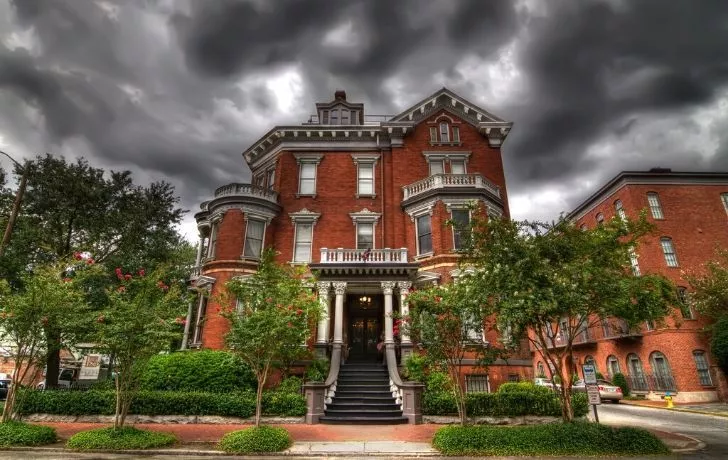
The city of Savannah is reportedly so haunted that the American Institute of Parapsychology rated it as “America’s most haunted city.”
This came as a result of hundreds of years’ worth of reports of paranormal activity, as well as a very troubled past.
The city has endured bouts of yellow fever, multiple disastrous fires, as well as being a central position in multiple wars.
Georgia was at the heart of the civil rights movement in the 50s and 60s.

Georgia was brought kicking and screaming into the civil rights movement by the words and actions of Martin Luther King Jr and others like him.
Martin Luther King Jr was actually a Georgia native, being born in Atlanta, Georgia, in 1929.
King was one of the foremost leaders of the civil rights movement from 1955 right up until he was assassinated in 1968.
Along with others, he formed the Southern Christian Leadership Conference in 1957, which aided other groups like them and provided a platform for political leadership in the fight for civil rights in the South.
Fresh shrimp grow at the top of a mountain just outside of Atlanta.
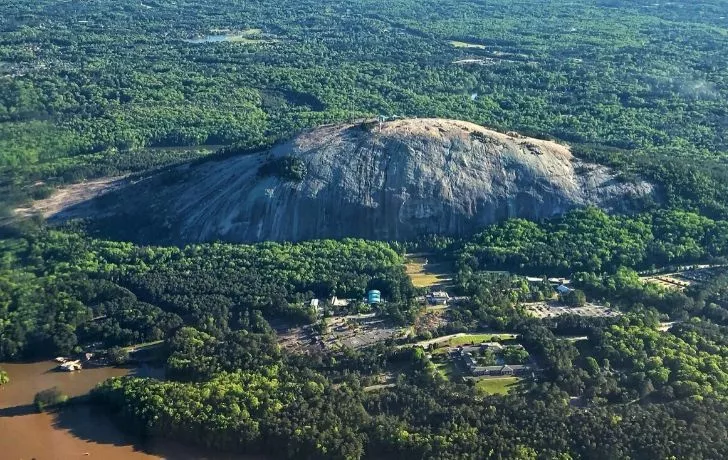
Stone Mountain lies in the imaginatively named Stone Mountain Park, just outside of the city of Atlanta.
This mountain is actually a giant exposed piece of rock, mainly comprised of quartz monzonite.
At its highest, it is 825 feet (251 m) above the ground, or 1,686 feet (514 m) above sea level.
The summit of the mountain is mostly flat and is covered in small freshwater rock pools.
During the rainy season the rock pools fill with water and tiny clam and fairy shrimp appear and lay their eggs.
When the pools dry up the eggs can remain dormant for years, waiting for the next heavy rainfall to continue the cycle.
And there you have it, the Peach State in all its glory, gory or otherwise!
Just remember, there’s way more to Georgia than peaches – so next time you’re in the area, check it out, just watch out for that unexploded nuke!








